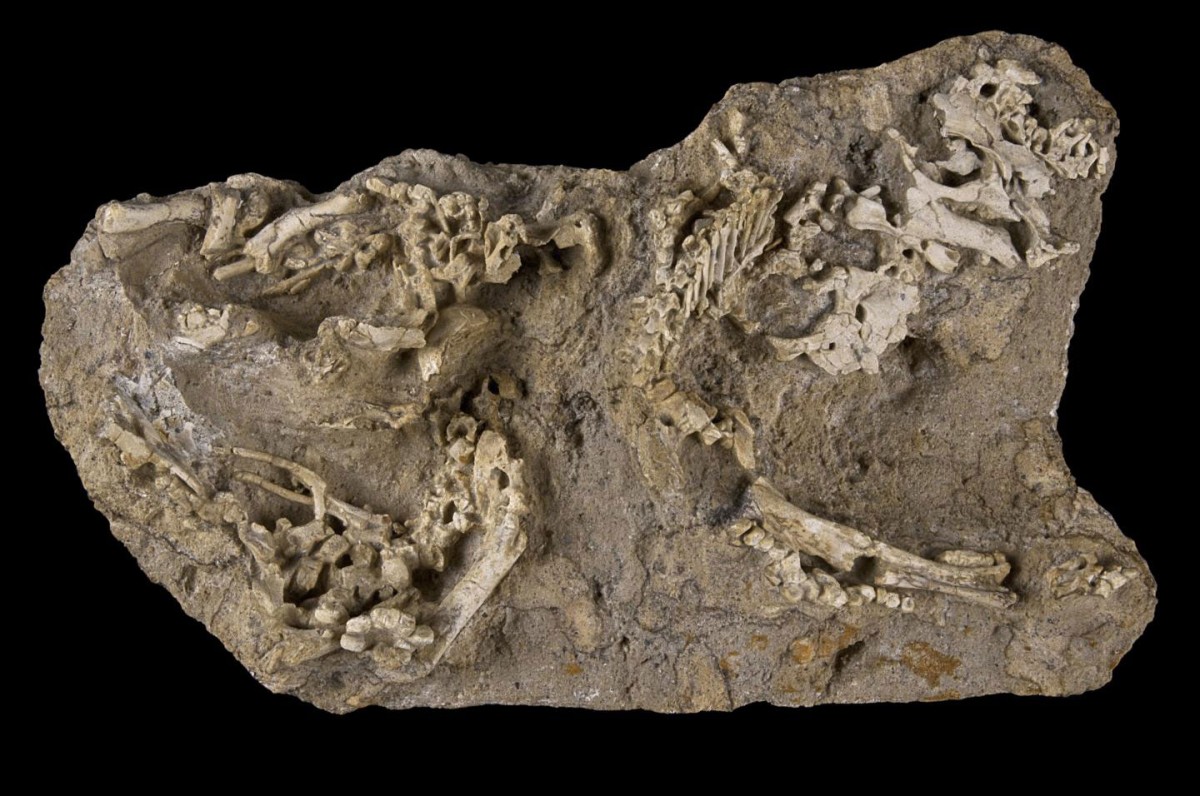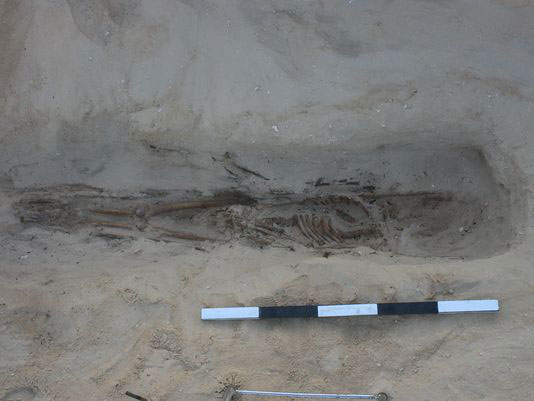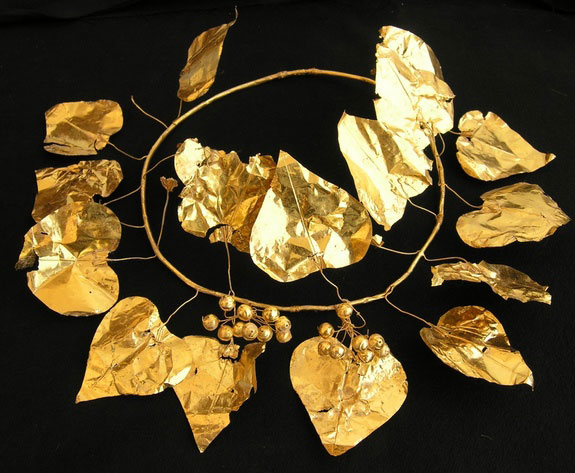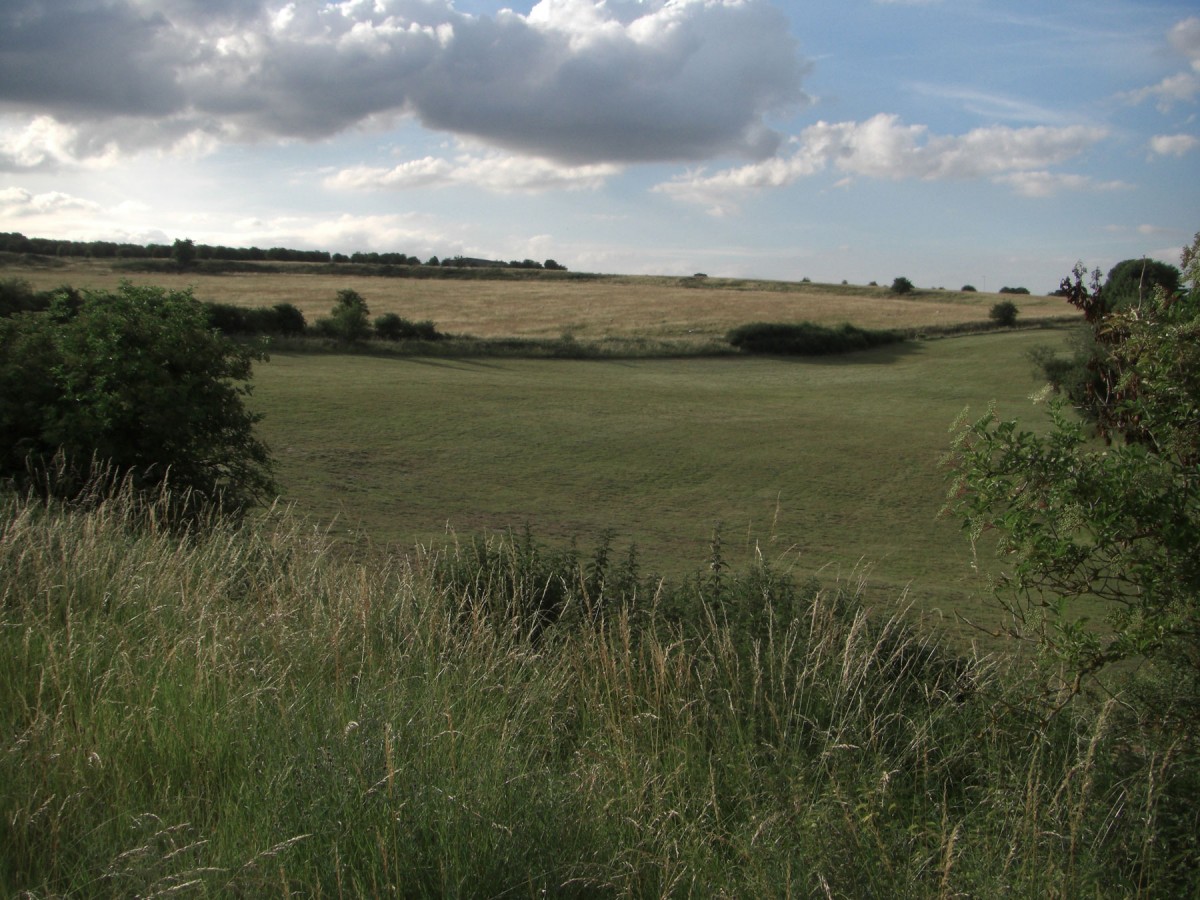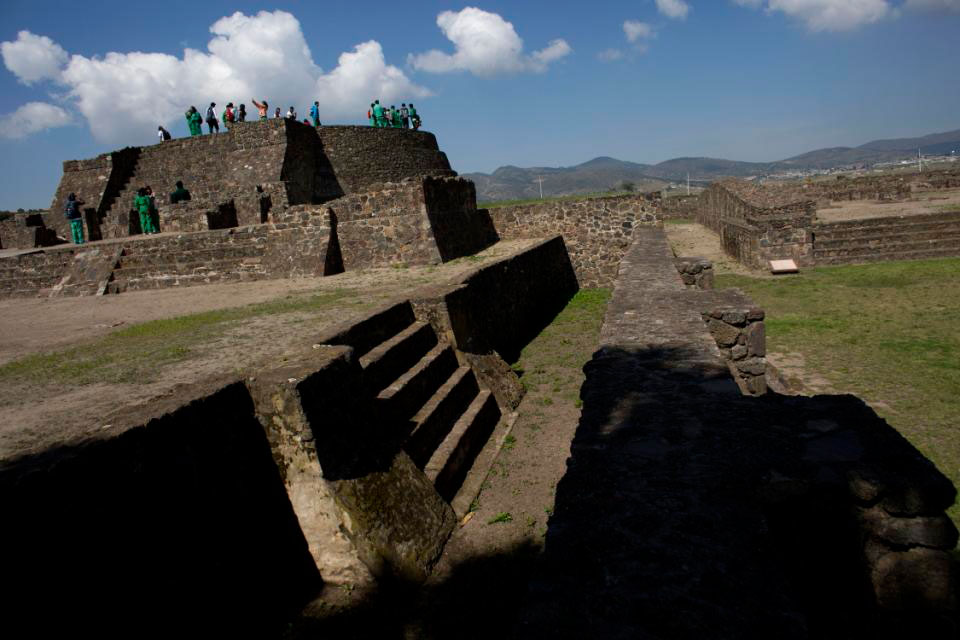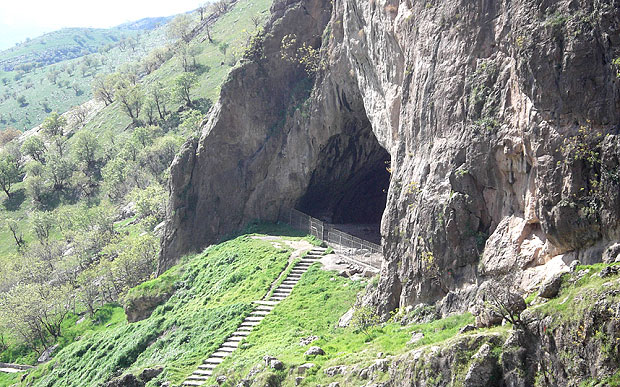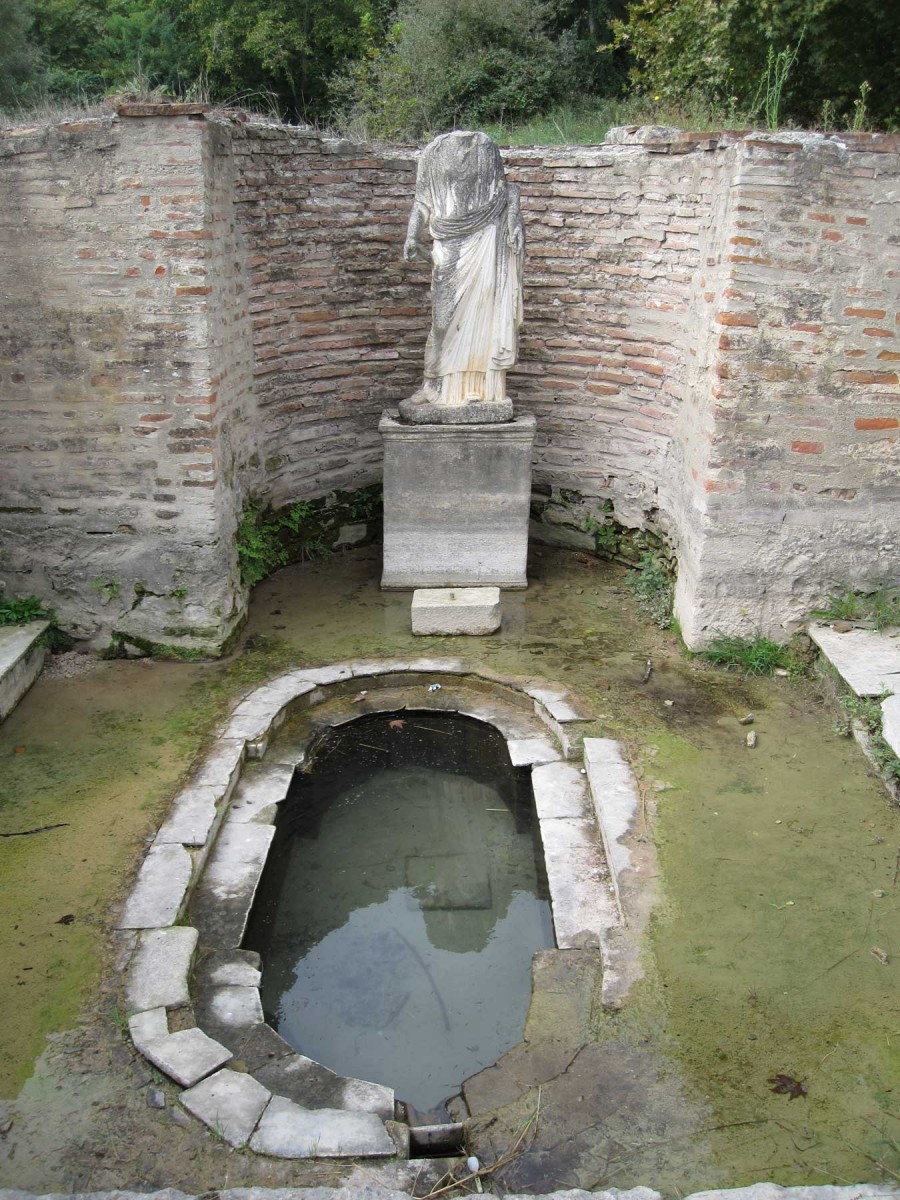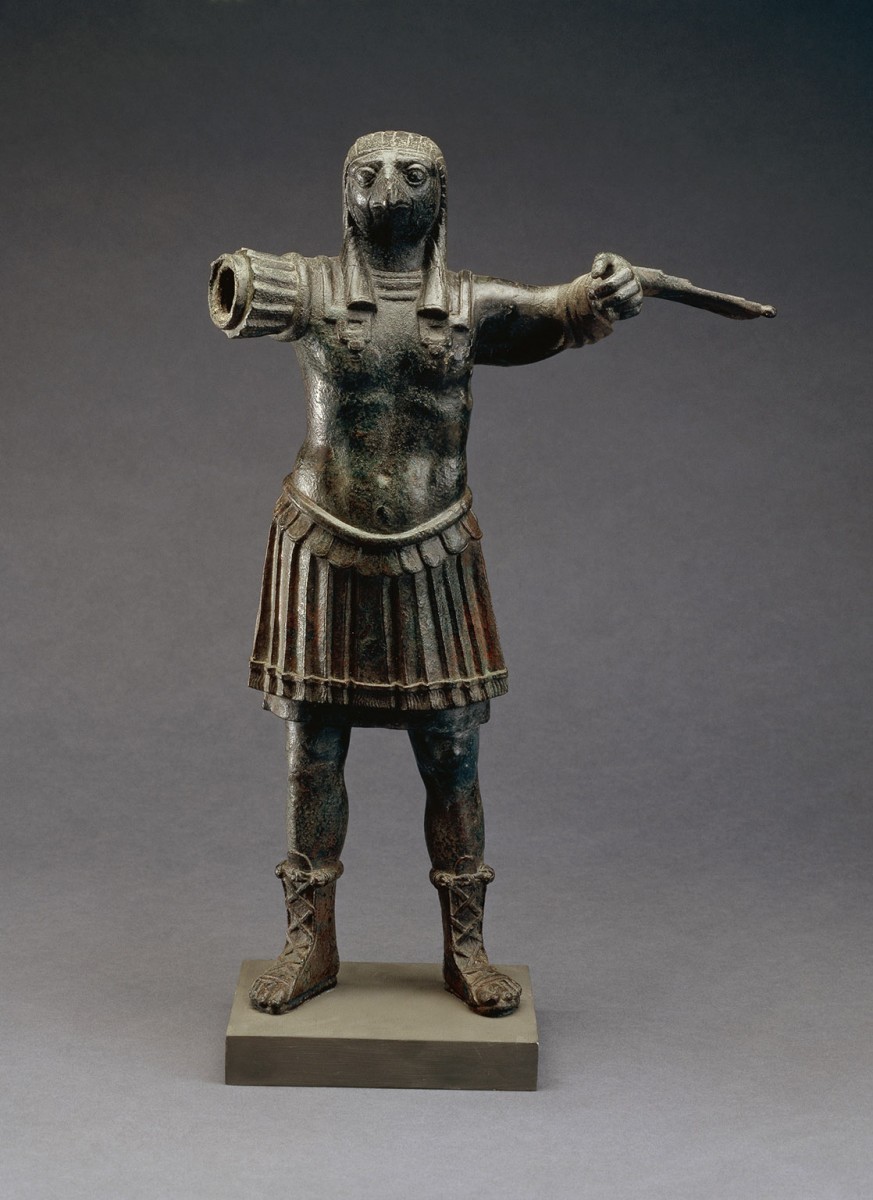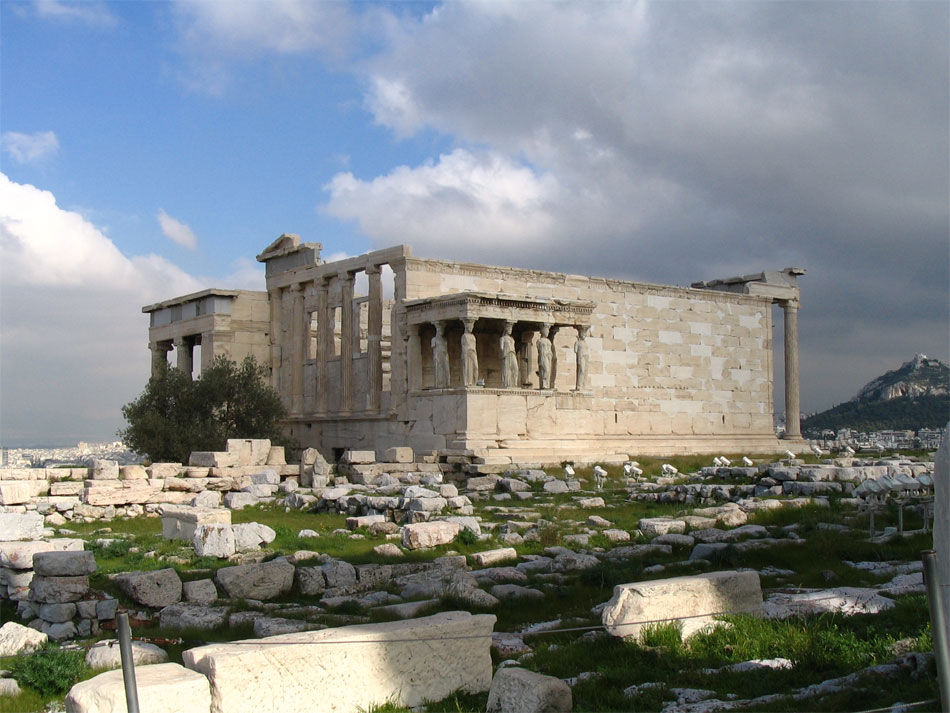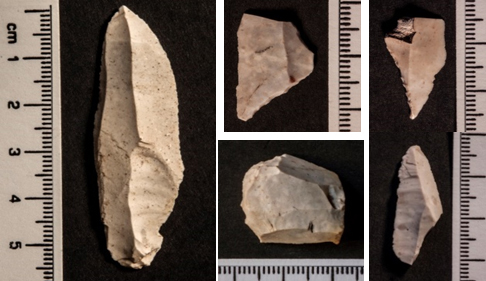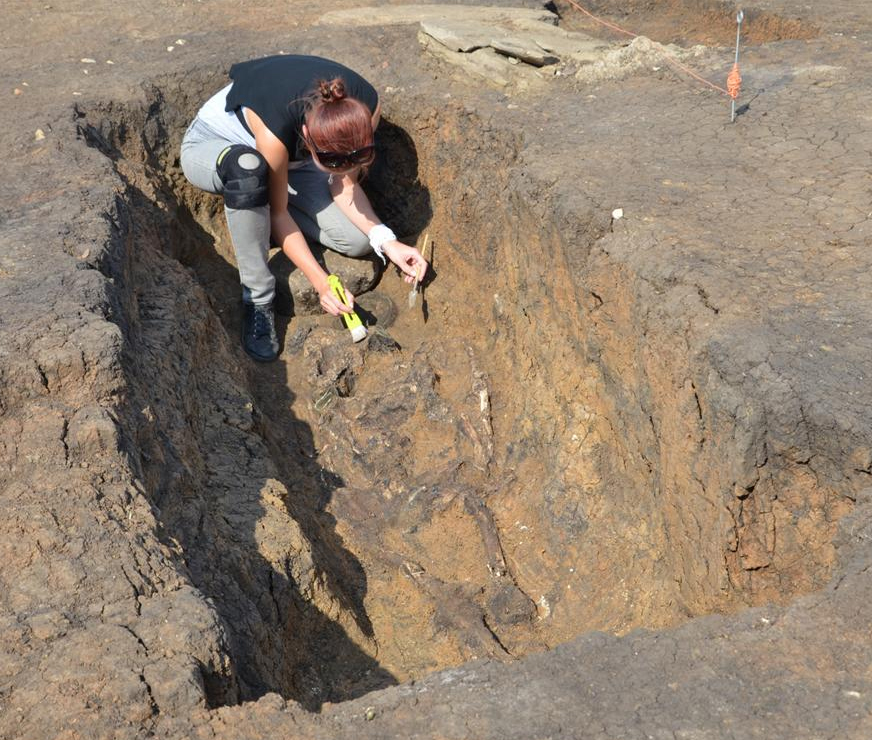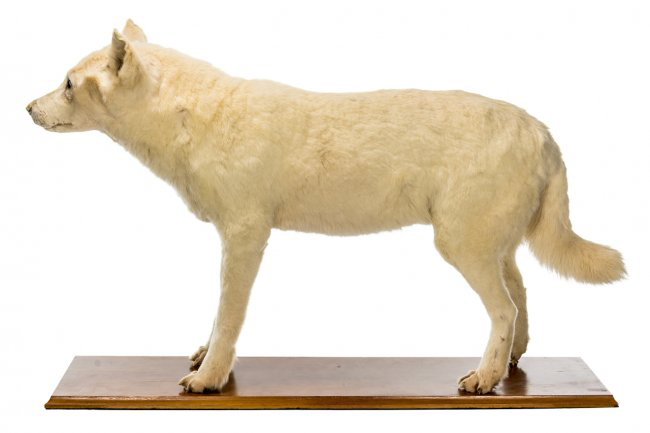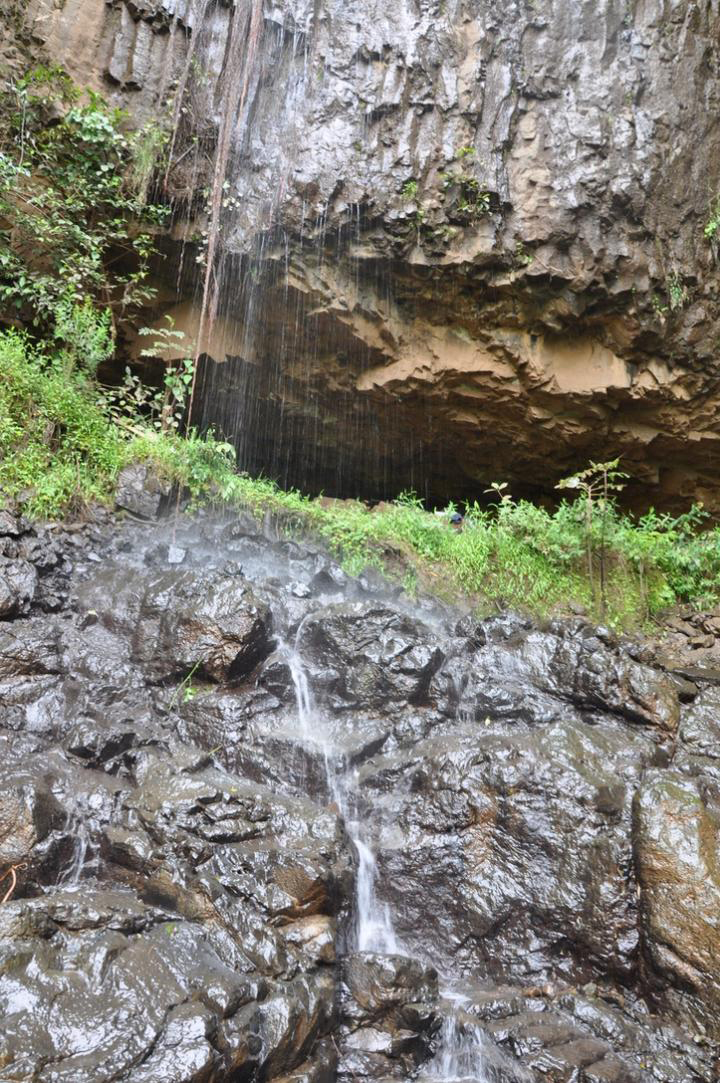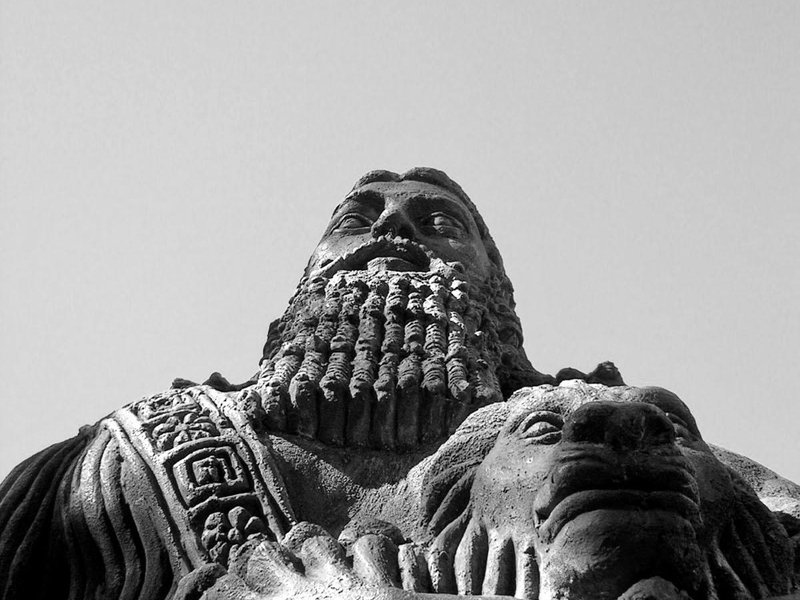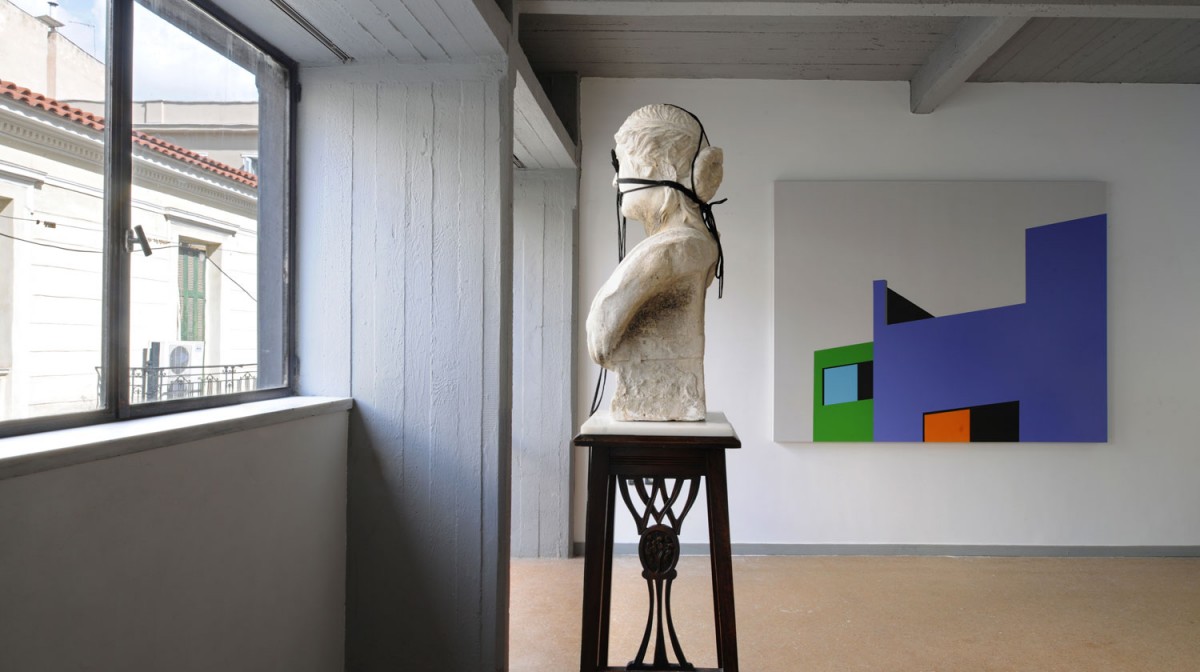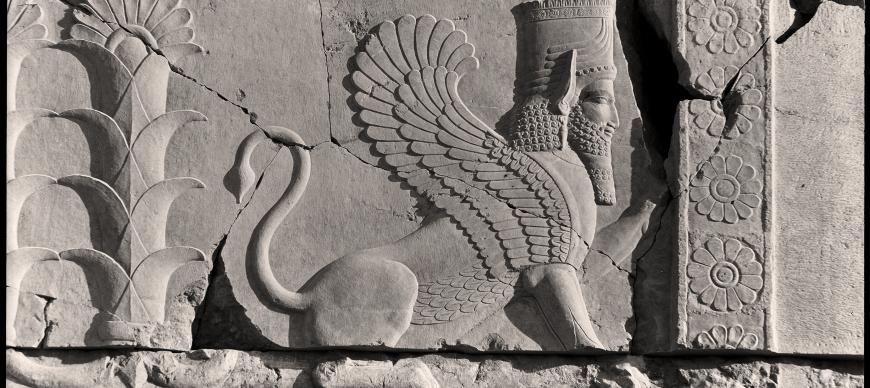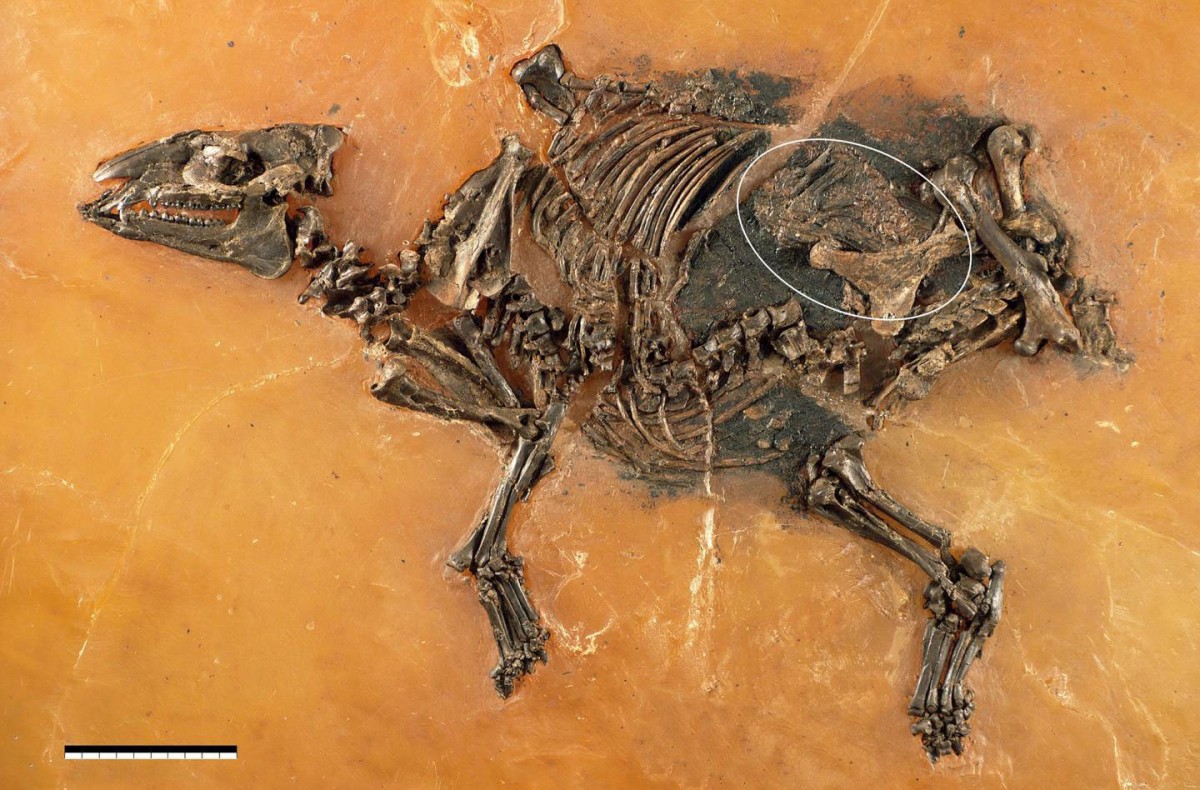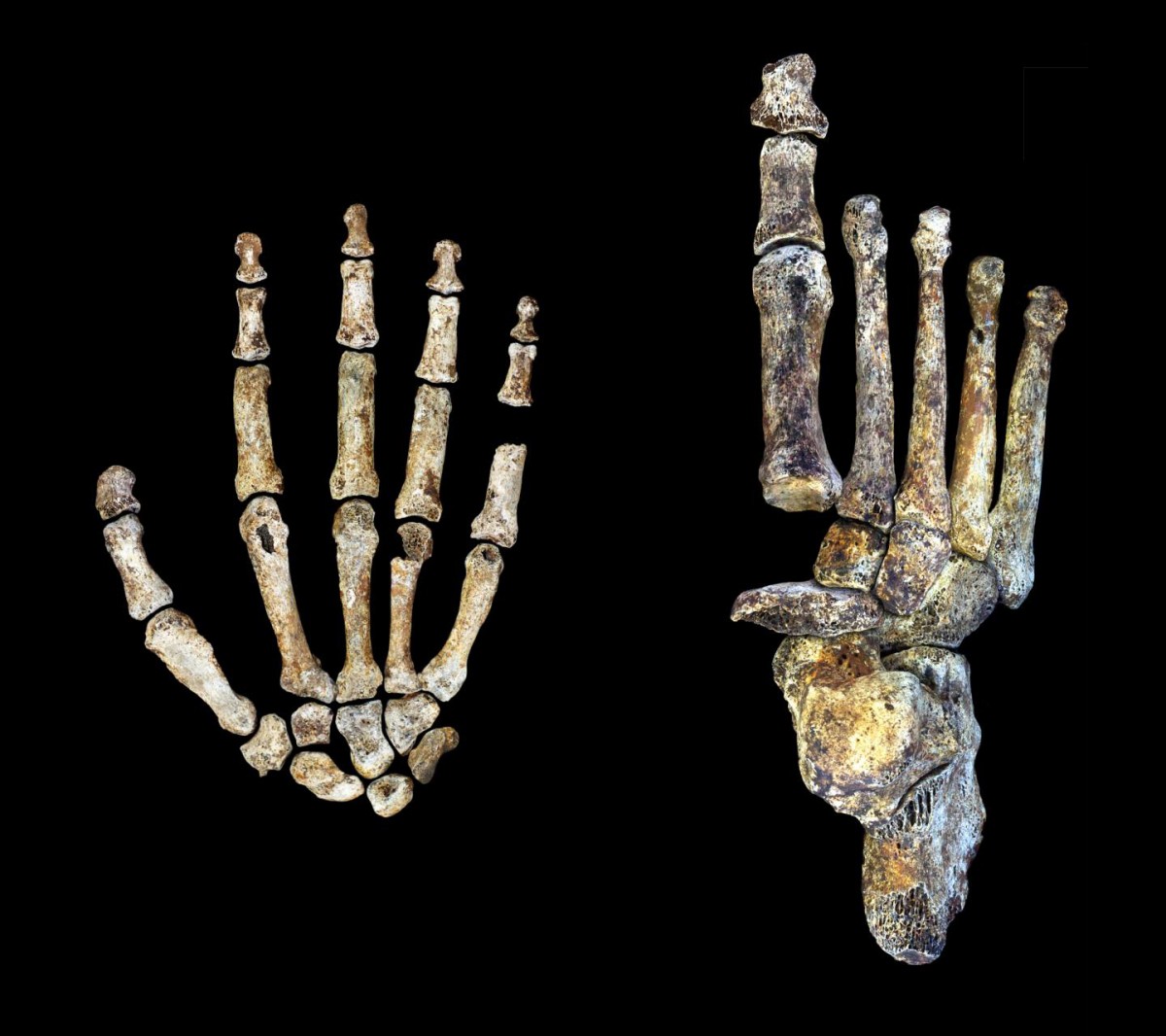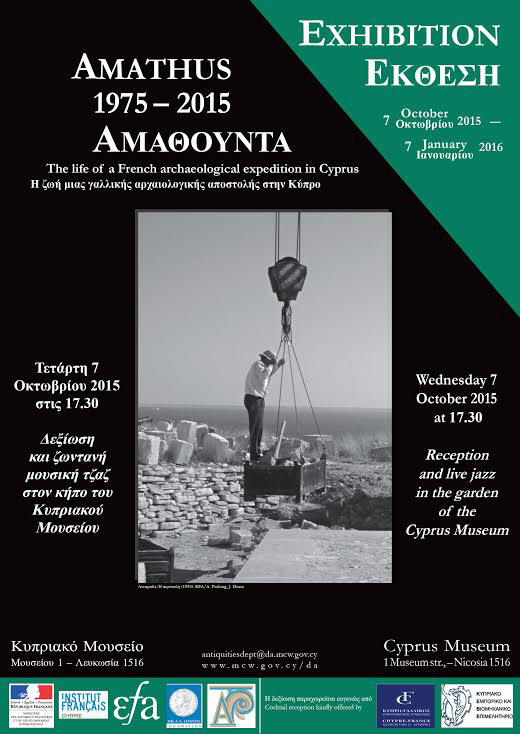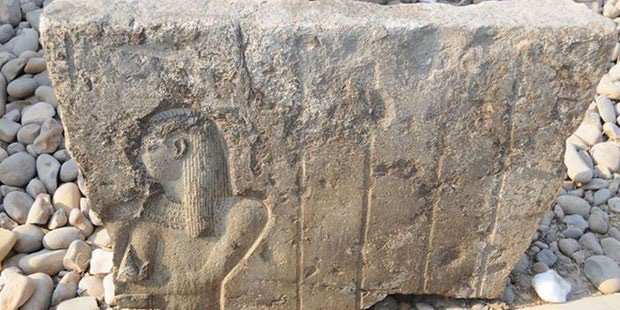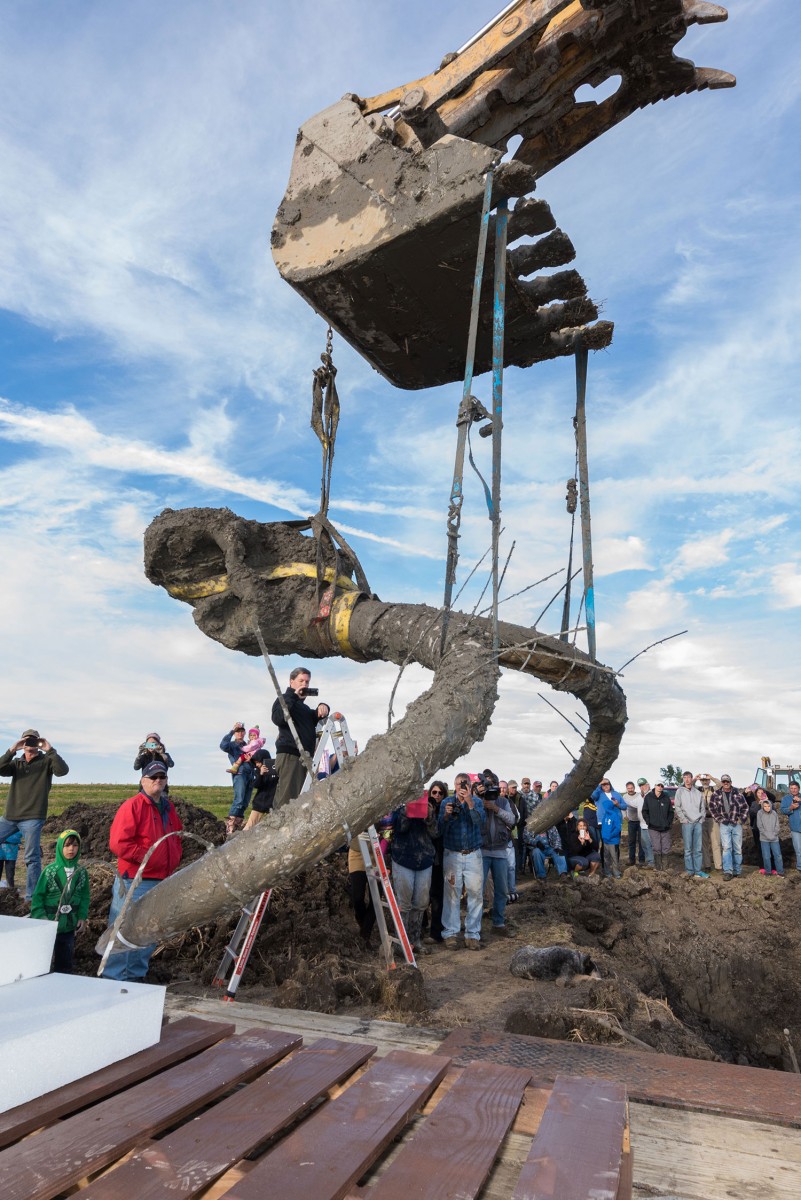Golden ancient Greek artefacts travel to Japan to be displayed
147 ancient Greek artefacts from the National Archaeological Museum in Athens, Greece, will travel to Japan to be exhibited among other Mediterranean treasures at the NMWA.
Developing Saurolophus dino found at ‘Dragon’s Tomb’
Found with associated shell fragments, Saurolophus dino likely from nest, in earliest stages of development.
Backstabbing punishment for workers in ancient Egypt
Wounds found in the shoulder blades of five men indicate corporal punishment on workers in Amarna, a city in Ancient Egypt.
Ancient aristocrats’ tomb discovered in Cyprus
The content of a tomb discovered in northern Cyprus, near the ancient city of Soloi, indicates an aristocratic family had been buried.
The Derveni Papyrus part of the “Memory of the World”
The Derveni Papyrus, has recently been included in UNESCO’s “Memory of the World” programme, the first Greek registration in this list.
The culinary habits of the Stonehenge builders
A team of archaeologists at the University of York have revealed new insights into cuisine choices and eating habits at Durrington Walls - a Late Neolithic monument and settlement site thought to be the residence for the builders of nearby Stonehenge.
Excavations reveal evidence on Spaniards sacrificed by Aztec peoples
Excavations have shown that about a year after Hernan Cortes arrived in Mexico, a convoy was captured by Aztec-allied native defenders, sacrificed and probably eaten.
Neanderthals didn’t include flowers in burials
Traces of pollen found at Shanidar site were due to wind and insect patterns and not Neanderthal burial rituals, research shows.
The Olympian Gods in New York
“Dion: Gods and mortals” is the title of the exhibition featuring archaeological treasures from the sacred Macedonian city, to be presented in New York in 2016.
Possible return of Erechteion fragments to Greece
Professor Reinhard Stupperich has announced the intention of the Museum of Ancient History at Heidelberg University to return fragments from the Erechteion to Greece.
Scotland inhabited 3000 years earlier than previously thought
Archaeologists from the University of Reading have found the earliest dated evidence for human activity in Scotland - with a helping hand from a herd of pigs.
Unique Germanic burial in the Czech Republic
Scientists from the Institute of Archaeology, University of Rzeszów studied the grave of an important representative of the Germanic people Marcomanni in Nezabylice in the north-western Czech Republic.
Otago researchers sequence extinct dog genomes
The genetic heritage of New Zealand’s first dog, the now extinct kurī, is being unravelled by University of Otago scientists using state-of-the-art ancient DNA analysis.
Ancient genome from Africa sequenced for the first time
The first ancient human genome from Africa to be sequenced has revealed that a wave of migration back into Africa from Western Eurasia around 3,000 years ago was up to twice as significant as previously thought.
Iraqi Museum discovers missing lines from the Epic of Gilgamesh
The Sulaymaniyah Museum in the Kurdistan region of Iraq announced that it discovered 20 new lines of the Babylonian-Era poem.
In the name of Le Corbusier
“In the name of Le Corbusier” is the title of the exhibition which opened this week in the Spiteris-Proveleghios House in Kypseli (Athens).
Persepolis: Images of an Empire
A new exhibition at the Oriental Institute Museum of the University of Chicago will give visitors a rare glimpse inside the ancient city of Persepolis.
Unique fossil of a horse-like equoid fetus analyzed
A 48 million year-old horse-like equoid fetus was analyzed with micro X-rays, revealing remarkable features.
The hand and foot of Homo naledi
The new findings indicate H. naledi may have been uniquely adapted for both tree climbing and walking as dominant forms of movement, while also being capable of precise manual manipulation.
Opening ceremony of Amathus 1975-2015
The periodical exhibition “Amathus 1975-2015: The life of a French archaeological expedition in Cyprus” opens on 7 October 2015, at 5:30 p.m. at the Cyprus Museum.
Ruins of a 2,400 year-old shrine beneath modern Cairo
Egyptian and German archaeologists discovered the ruins of a 2,400 year-old shrine beneath Cairo’s modern district of Mataria.
Mammoth bones found in Michigan
An ancient mammoth unearthed in a farmer's field southwest of Ann Arbor may provide clues about the lives of early humans in the region.
Volcanic island collapses may trigger mega-tsunamis
A pre-historical sudden collapse of Fogo (Cape Verde Islands), one of the tallest and most active oceanic volcanoes on Earth, triggered a mega-tsunami with waves impacting 721 feet above present sea level resulting in catastrophic consequences.

